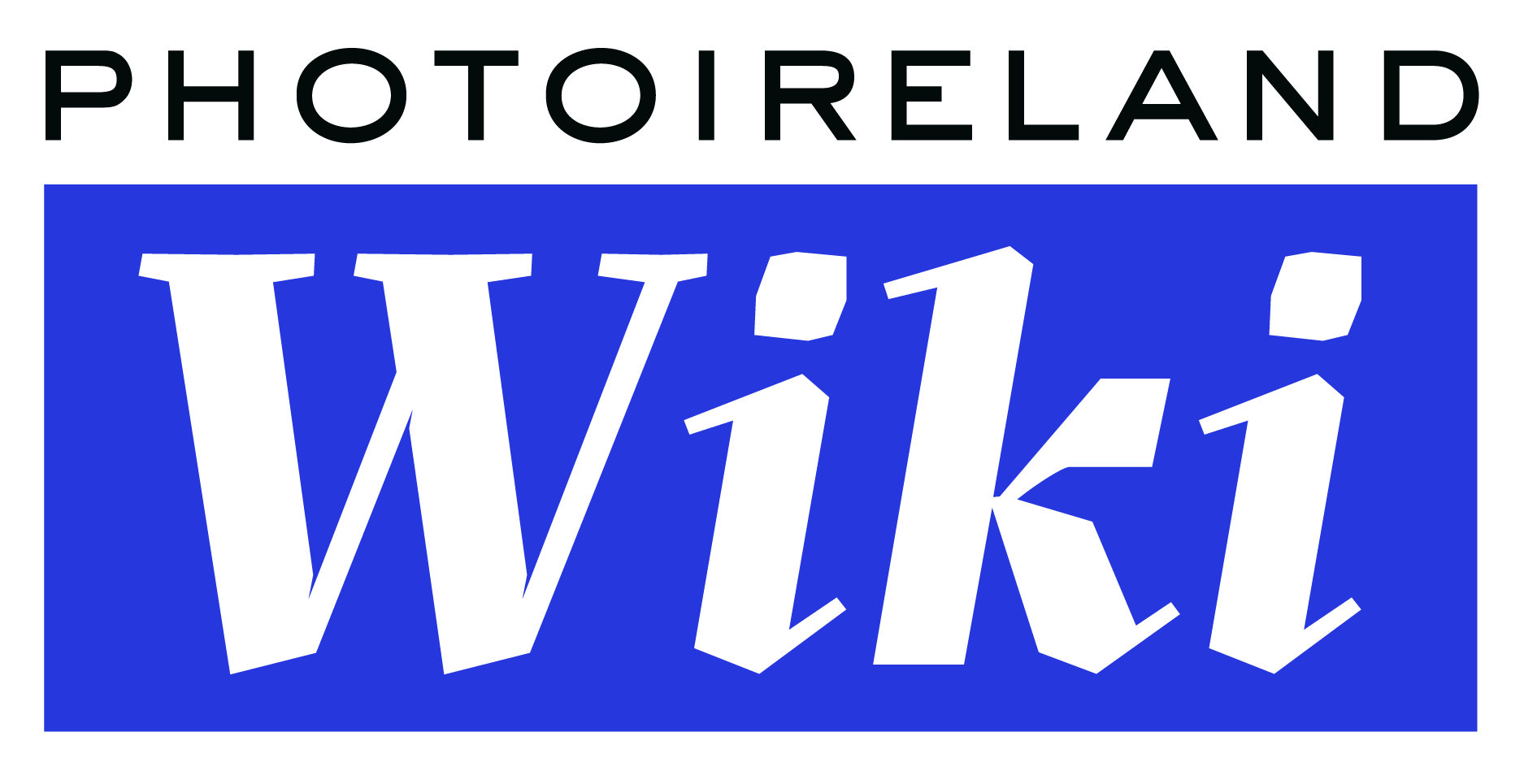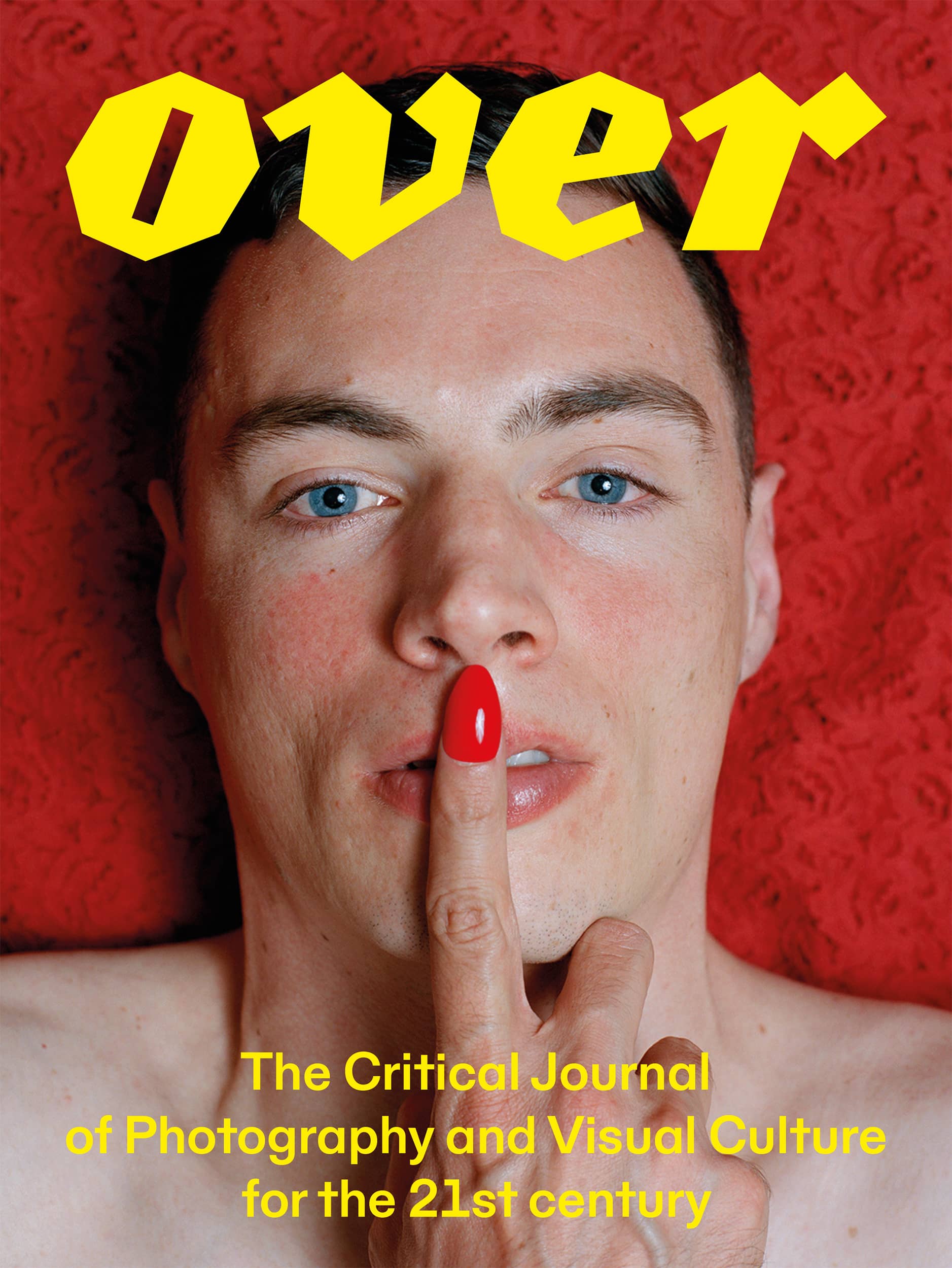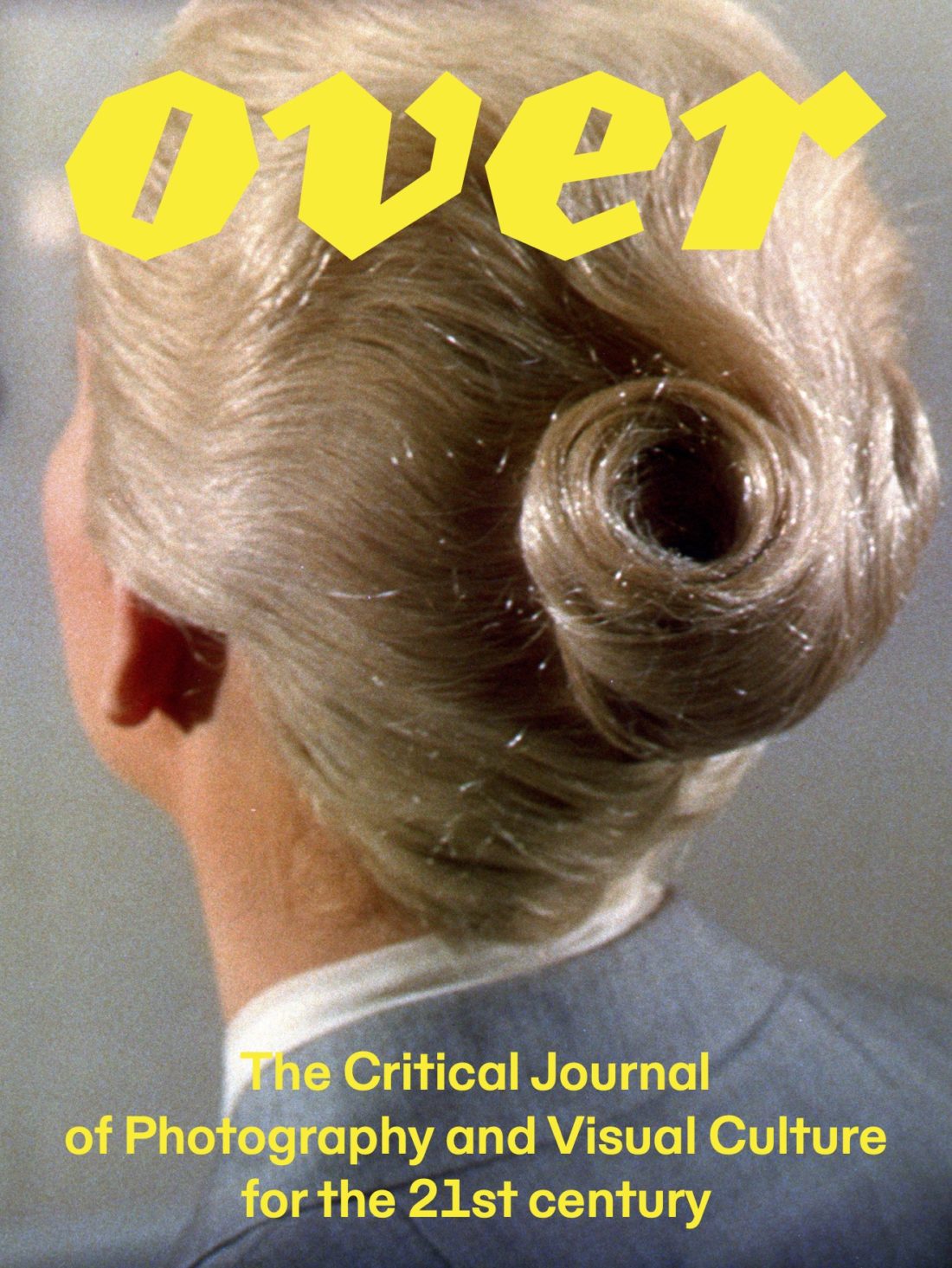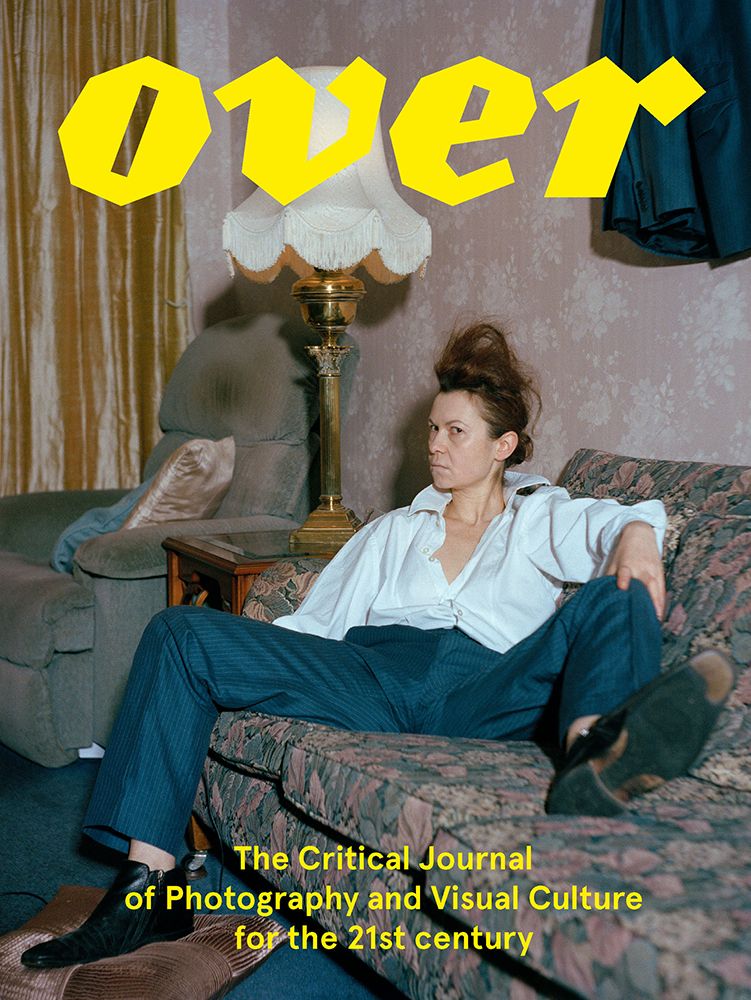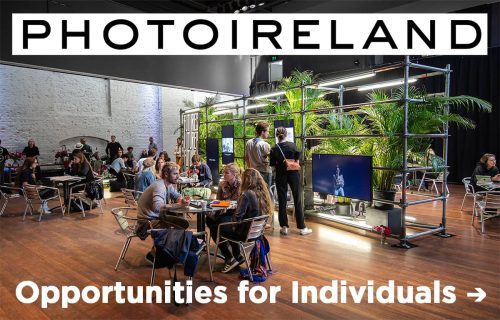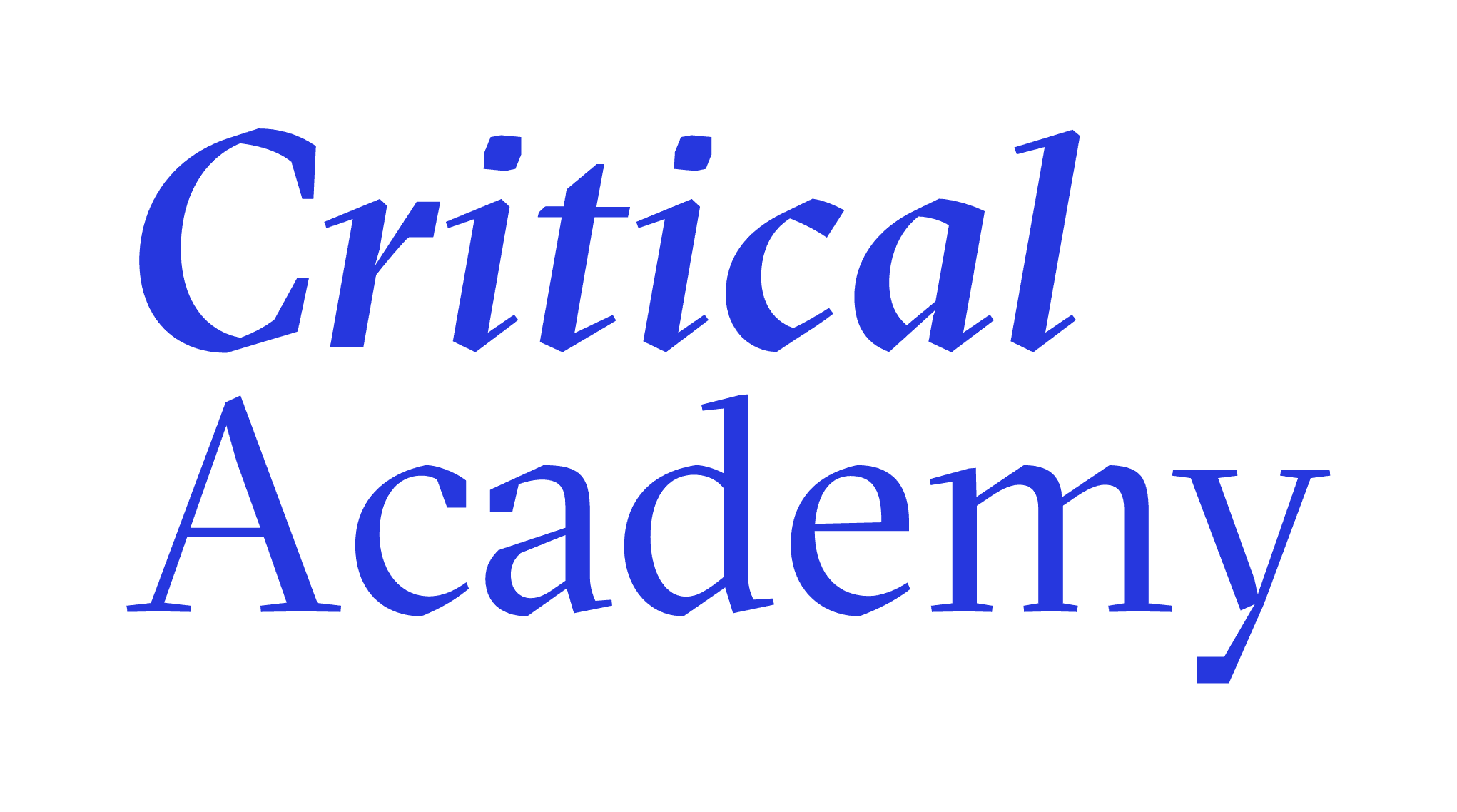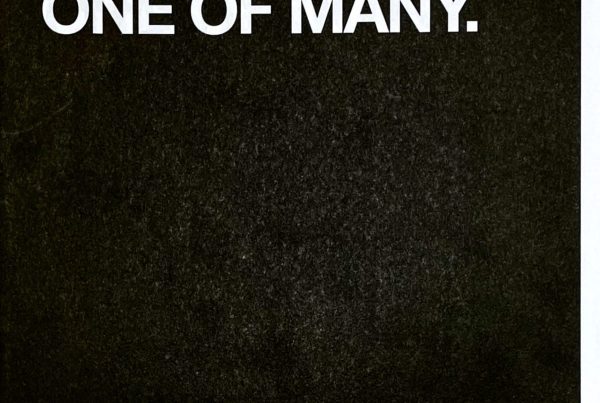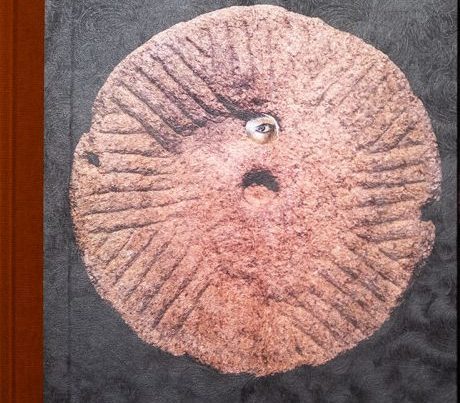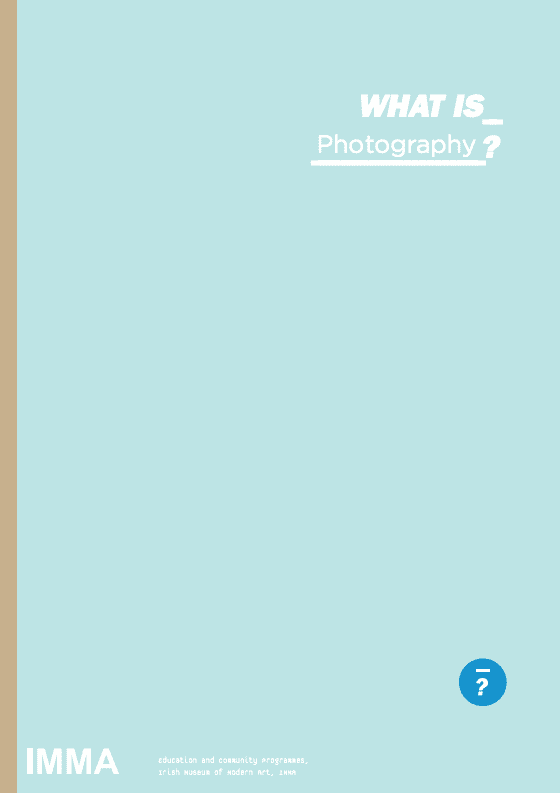
The word Photography literally means ‘drawing with light’, which derives from the Greek photo, meaning light and graph, meaning to draw. Photography is the process of recording an image – a photograph – on lightsensitive film or, in the case of digital photography, via a digital electronic or magnetic memory.
The photograph is evident in nearly every aspect of modern life. As a form of communication and documentation, photographs are present in newspapers, magazines, advertisements, posters, television, the Internet, passports, ID cards, archives, security and Surveillance Systems, forensics and medicine. Photography also plays an important role in domestic and recreational activities. Most photographs produced today take the form of Snapshots documenting activities such as holidays and celebrations. With the prevalence of digital cameras and mobile phone cameras, these activities are also documented for display on photo-sharing websites and photo-based Social Networking Sites. Despite the prevalence of photography in many aspects of modern life, only a small minority of photographs are considered to be art and tend to be displayed in museums and galleries in formats similar to painting.
The invention of photography is a contested subject. It was the outcome of many technological developments, most notably associated with the Industrial Revolution in the nineteenth century, but was also influenced by earlier technological developments such as the Camera obscura, which is an optical device used during the Renaissance to aid drawing and perspective. 1
About the Project
This IMMA programme is a great way to find out more about the concepts and terms used in contemporary art. It includes talks, booklets and web-based resources which you can explore below. The programme is presented in four series, three of which you can explore in the menu above. 2
About the Publisher
Irish Museum Of Modern Art (IMMA) is Ireland’s National Cultural Institution for Modern and Contemporary Art. Their diverse and ambitious programme comprises exhibitions, commissions and projects by leading Irish and international artists, as well as a rich engagement and learning programme which together provides audiences of all ages the opportunity to connect with contemporary art and unlock their creativity. IMMA is home to the National Collection of Modern and Contemporary Art, started in 1990 and now numbering over 3,500 artworks by Irish and international artists. This national resource available through exhibitions at IMMA and other venues nationally and internationally, engagement and learning programmes and digital resources.
3
